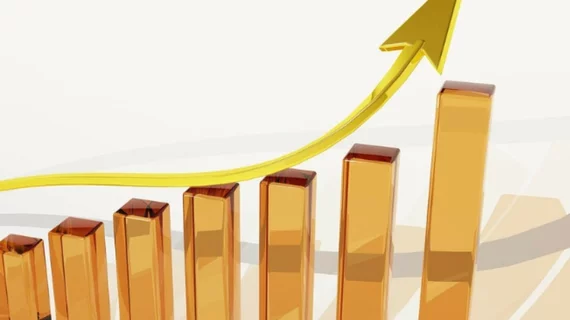Should cardiologists expect a rise in COVID-19 cases? Late May could bring return of ‘crippling patient surges’
Dozens of states have already announced plans to lift stay-at-home orders first put in place to slow the spread of COVID-19. How is that move expected to impact the number of new cases and deaths throughout the United States?
According to new projections out of the Columbia University Mailman School of Public Health, the lightened restrictions could lead to a “COVID-19 rebound,” with the number of cases per day reaching anywhere from 43,000 to 63,000. The number of deaths per day could be affected as well, landing anywhere from 1,800 to 2,400.
The impact won’t be immediate, researchers noted, but healthcare providers could feel the effects of these lifted regulations by the end of May.
“The lag between infection acquisition and case confirmation, coupled with insufficient testing and contact tracing, will mask any rebound and exponential growth of COVID-19 until it is well underway,” Jeffrey Shaman, PhD, a professor of environmental health sciences at the Columbia University Mailman School of Public Health, said in a prepared statement.
The researchers noted that healthcare workers could once again be overworked and overstressed, similar to how the system was hit in areas such as New York City in the early stages of the pandemic.
“We don’t want to re-experience the crippling patient surges, patients who died because hospital volumes were so high, and the utterly tragic loss of healthcare worker lives,” Charles Branas, PhD, chair of epidemiology at Columbia University Mailman School of Public Health, said in the same statement.
Shaman noted that strictly enforcing social distancing strategies in public places, and the regular use of face masks, could help keep the rise in new cases and deaths to a minimum.
“However, it is quite possible that a return to greater activity will reverse some of the gains accrued over the last six weeks, particularly if initial re-openings do not produce an immediate growth of cases and consumer confidence grows,” he added. “Eventually, as individuals and states see a rise in infections and deaths, they may reimplement tighter restrictions on contacts.”

